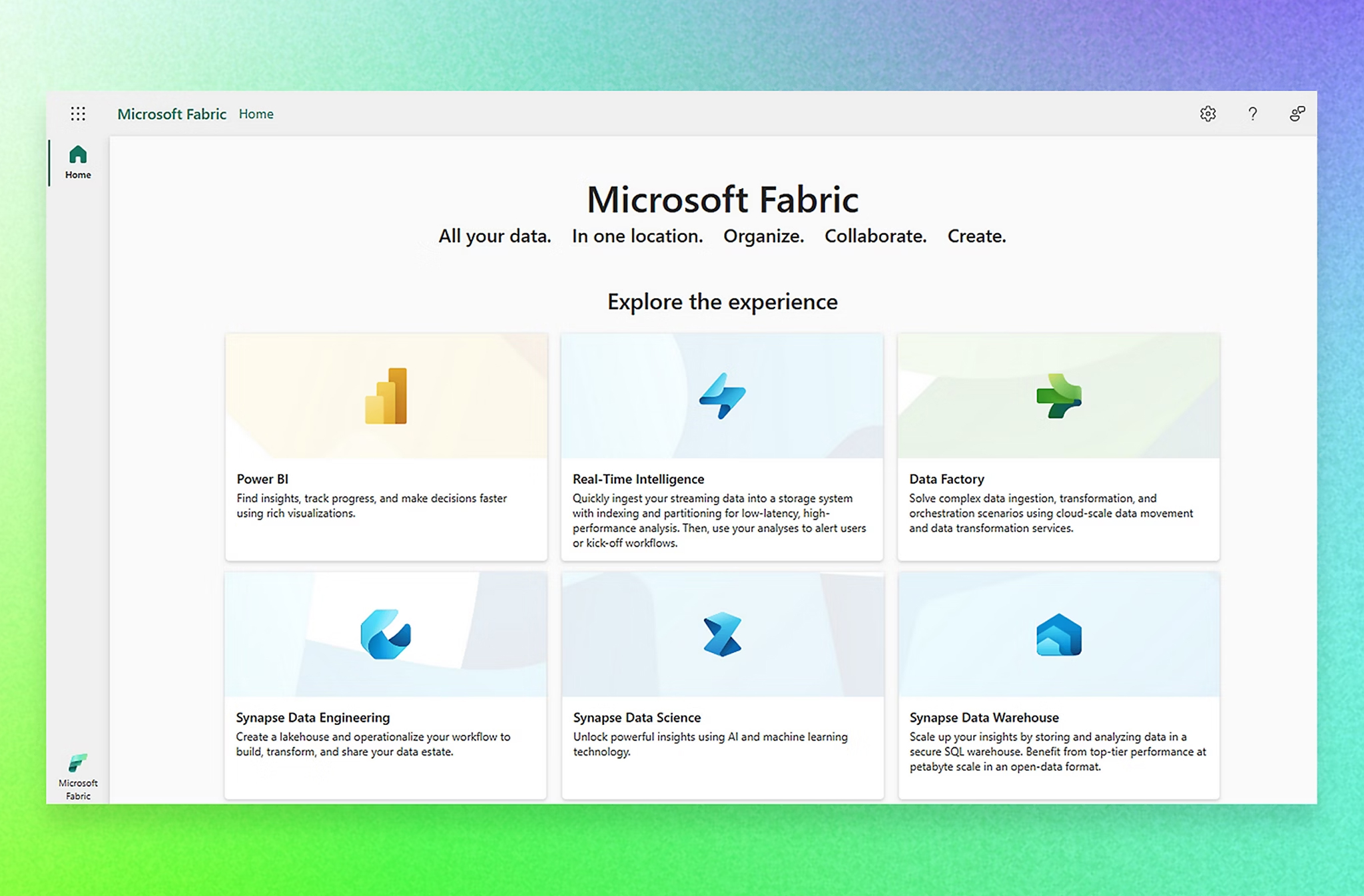
cloud burst oR bust
in the AI era?
A fair few years ago, I recall reading a highly technical article about a still relatively new (at least to a non-techie like me) innovation called Cloud, struggling rather comically in retrospect to wrap my head around terms like ‘workload migration,’ ‘virtualisation,’ and ‘elastic computing.’ Amidst much mental exertion, one observation stuck out. An observation which has stuck in my mind for years, and which continues to intrigue me to this day, namely a nascent concern that hidden usage costs and unanticipated risks would hinder cloud adoption.

The most common motivator for repatriation I’ve been seeing is cost…. when enterprises run workloads and data sets using traditional infrastructure patterns, such as business applications that process and store data the same way they did when on-premises, there is a negative cost impact to using a public cloud.
David Linthicium, InfoWorld
As we all know by now, this early prediction did not exactly pan out, at least initially. Over the past decade, cloud based digital transformation initiatives have exploded (with varying degrees of success) across the public and private sectors. COVID-19 accelerated this trend as the world moved virtually overnight to remote everything from work, education, and national defense to entertainment and even grocery shopping.
Videoconference usage at Zoom, to cite just one example, surged from 10 million daily meeting participants in December 2019 to 300 million by April 2020.
AWS’s revenue increased by 32% in the first quarter of 2021 over the same period in 2020.
Meanwhile, global cloud infrastructure services spending grew 33% to $142 billion in 2020 compared to $107 billion in 2019.
The post-Pandemic era has seen a continued increase in cloud adoption and consumption across a range of industries and business operations, especially those focused on resiliency, security and recovery. This increase has been further fueled by expansion in key technological areas like cloud native, edge computing, serverless compute and, of-course, Generative AI.
And yet, for all the continued business optimism surrounding cloud growth, in the past few months I’ve noticed that the ‘R’ word has begun to seep into discussions – ‘R’ standing for repatriation or the process of moving or repatriating data, applications, or workloads from the public cloud back to an on-premises or private cloud environment. Which leads me to question why? Why after the indisputable role that cloud computing played in -literally – keeping the lights of civil society on throughout the darkest days of the pandemic would tech analysts start to raise the spectre of repatriation?
The answer essentially boils down to two key areas. Firstly, a growing recognition that the concerns first raised over a decade ago about cost control seem to finally be hitting home. As InfoWorld’s David Linthicium notes: ‘The most common motivator for repatriation I’ve been seeing is cost…. when enterprises run workloads and data sets using traditional infrastructure patterns, such as business applications that process and store data the same way they did when on-premises, there is a negative cost impact to using a public cloud.’ In other words, simply lifting and shifting workloads to the cloud without a strong optimisation and vendor management strategy not only does not pay, it costs, especially when one factors in the high price of inadvertently becoming so dependent on a particular cloud provider that it’s difficult to switch or bring services back in-house.

As data-intensive Generative AI systems hit the cloud world, I have no doubt that we are likely to see increased intensity around the age-old on prem vs cloud debate.
Secondly, in addition to realising that they are paying unexpected costs for migrating applications and data sets to the cloud, many organisations are likewise grappling with the thorny issues surrounding data itself. The risks of non-compliance with the global proliferation of data legislation and regulation since the introduction of GDPR in 2016* have only intensified since AI burst into public consciousness this time last year. Governments around the world are understandably concerned to ensure that the data fueling AI is not only guarded against privacy violations but also properly tagged to ensure provenance and protect against intellectual property violations. Add to increasing regulatory pressure, the mounting risk of cybersecurity attacks and one can easily see why a growing number of organisations may well be reexamining the relative value of returning to the old-fashioned data center.
Despite these concerns, there is no denying that cloud still remains the backbone of modern IT. Nevertheless, as data-intensive Generative AI systems hit the cloud world, I have no doubt that we are likely to see increased intensity around the age-old on prem vs cloud debate. The challenges surrounding cloud adoption are likely to remain much the same as they were when I first read that article about cloud adoption all those years ago. The price of not addressing them, however, is only likely to grow.[SA1] [JG2]





